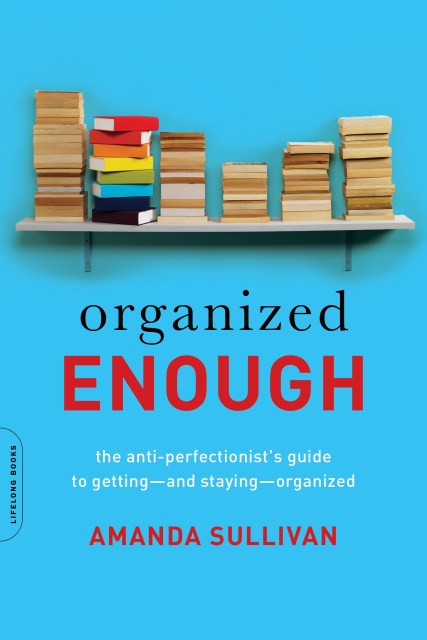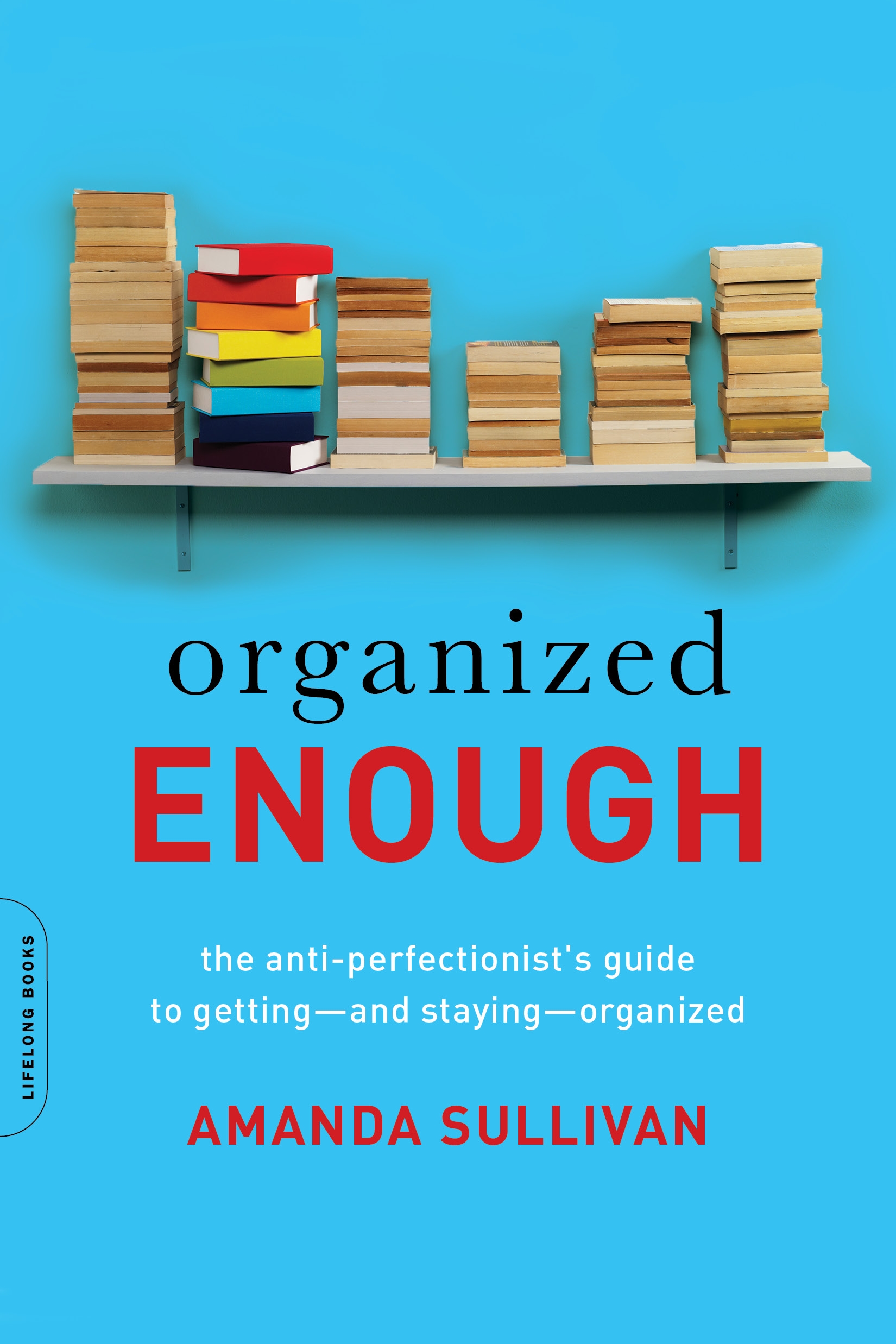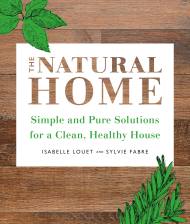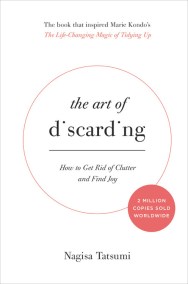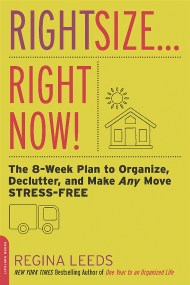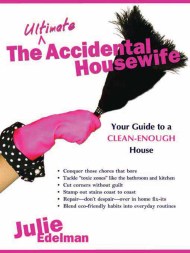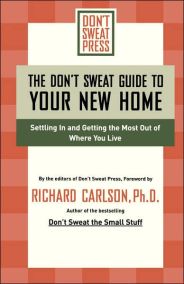Promotion
Use code MOM24 for 20% off site wide + free shipping over $45
Organized Enough
The Anti-Perfectionist's Guide to Getting -- and Staying -- Organized
Contributors
Formats and Prices
Price
$11.99Price
$3.99 CADFormat
Format:
- ebook $11.99 $3.99 CAD
- Trade Paperback $16.99 $22.49 CAD
This item is a preorder. Your payment method will be charged immediately, and the product is expected to ship on or around February 14, 2017. This date is subject to change due to shipping delays beyond our control.
Also available from:
- Sort the “stuff” from the sentimental
- Become a paper-filing ninja
- Cultivate consistency, not chaos
- Set up systems that can run on autopilot
- Let go of guilt and start enjoying your home
- …and more
Genre:
-
"A friendly, down-to-earth guide that takes the stress out of organizing. Forget perfection--Amanda shows how a few good habits can bring more serenity to your life."Francine Jay, author of The Joy of Less: A Minimalist Guide to Declutter, Organize, and Simplify
-
"Amanda Sullivan has added a charming and well-written book to the organizing canon."Regina Leeds, New York Times bestselling author of One Year to an Organized Life
-
Amanda's advice is always practical; she understands that people are busy and their lives are moving quickly. Her book is full of real-life solutions that anyone can use to make sure their home and life are more organized in the quickest, most efficient way possible."Kimberly Guilfoyle, cohost, The Five, Fox New Channel
-
"Amanda's 100% sane organizational philosophy will help you impose 'good enough,' a revelatory transformation!"Ayun Halliday, author of No Touch Monkey! And Other Travel Lessons Learned Too Late
-
"If you're a disorganized person simply looking for simple ways to keep clutter at bay, then Amanda Sullivan's Organized Enough: The Anti-Perfectionist's Guide to Getting-and Staying-Organized was written for you."Apartment Therapy
-
"Sullivan offers valuable, accessible wisdom that readers can employ immediately."Library Journal
-
"Sullivan is exceedingly non-judgmental and concentrates her advice on making homes livable, rather than immaculate."Realtor.org
-
"If you want to get organized but you're not sure where to start, this book gives an accessible starting point, and then you can decide what 'Organized Enough' means to you."Manhattan Book Review
-
"You might ask what makes this book different from several thousand others on the subject. This: author Amanda Sullivan isn't proposing that you keep everything one-hundred-percent ship-shape."The Bookworm Sez
-
"The most down-to-earth book on organizing that I've read in a long time...[Organized Enough] made me look around my messy house with acceptance, rather than defeat (a nice feeling!), while providing helpful tools for tidying and arranging effectively."Treehugger
- On Sale
- Feb 14, 2017
- Page Count
- 256 pages
- Publisher
- Da Capo Lifelong Books
- ISBN-13
- 9780738219332
Newsletter Signup
By clicking ‘Sign Up,’ I acknowledge that I have read and agree to Hachette Book Group’s Privacy Policy and Terms of Use
